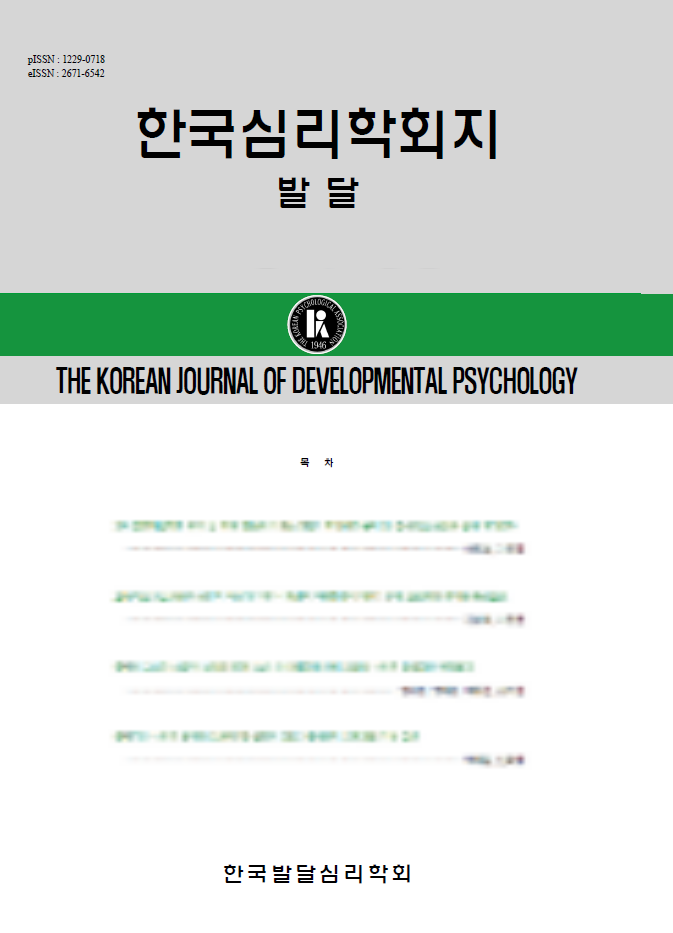open access
메뉴
open access
메뉴 ISSN : 1229-0718
ISSN : 1229-0718

이 연구는 자폐아동이 틀린 믿음을 이해하지 못하는지 또 못한다면 이들에게 틀린 믿음을 학습시킬 수 있는지에 대해 연구하였다. 평균 언어정신연령을 5, 6세 수준으로 일치시킨 자폐아동, 정상아동 그리고 정신지체아동 집단을 대상으로 위치-변화 과제를 사용한 실험 1의 결과, 정상집단의 수행이 가장 높았으며 자폐집단의 수행이 가장 낮았다. 자폐집단의 수행은 정상집단의 수행에 비해 유의미하게 낮았다. 정신지체집단의 수행은 자폐집단보다는 높았고 정상집단보다는 낮았으나 그 차는 통계적으로 유의미하지 않았다. 동일한 결과가 내용물-변화 과제를 사용한 실험 2에서도 나타났다. 또 타인의 틀린 믿음과 자신의 틀린 믿음을 이해하는데 차이가 없었다. 실험 3에서는 실험 1과 2에서 오답한 아동을 대상으로 틀린 믿음을 이해하는데 필요한 원리들을 학습시킨 후, 학습시켰던 과제와 동일한 종류의 새로운 과제와 새로운 종류의 과제를 사용하여 학습 직후와 2주 후에 일반화 검사를 실시하였다. 그 결과 모든 집단의 수행이 학습 전에 비해 증가하였다. 특히 자폐집단의 수행 증가가 가장 컸다. 정신지체집단의 수행 증가는 자폐집단과 정상집단에 비해 적었다. 이 결과는 틀린 믿음에 내재하는 원리를 가르침으로써 자폐아동이 틀린 믿음을 이해하도록 할 수 있음을 보여준다.
The first purpose of the present studies was to compare the ability of autistic children to understand false belief with that of normal and mentally retarded children. Sally-Anne false belief tasks were used in Exp. 1. Autistic children performed less than normal and mentally retarded children, but the difference between the autistic and mentally retarded children were not significant. Similar results emerged when Smarties tasks were used in Exp. 2. The second purpose was to investigate whether the children understand their own false beliefs better than other's. Responses to "own false belief" were compared with those to "other's false belief" questions in Exp. 2. There were no evidence that children understand their own false belief better than other's. The last purpose was to investigate whether autistic children could learn to understand false belief In Exp. 3, children were taught about the principles underlay false belief concept. All three groups were able to pass transfer tasks of false belief following teaching. Overall improvement was less in the mentally retarded group than in the autistic and normal groups. The results suggest that teaching the principles undelay false belief concept is effective for autistic children.
